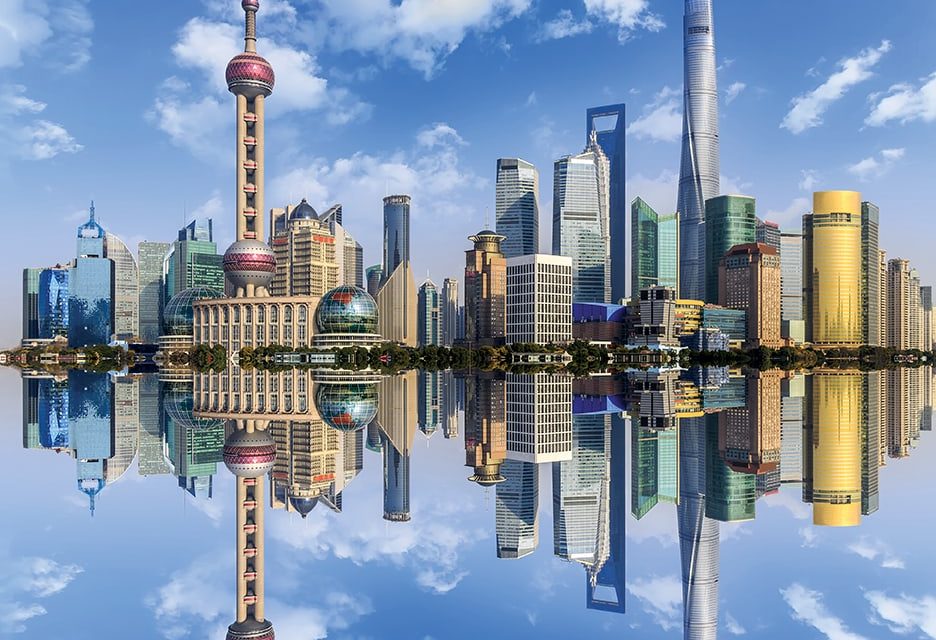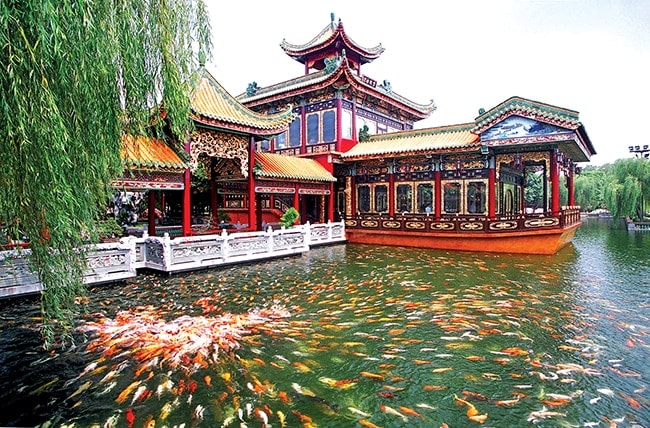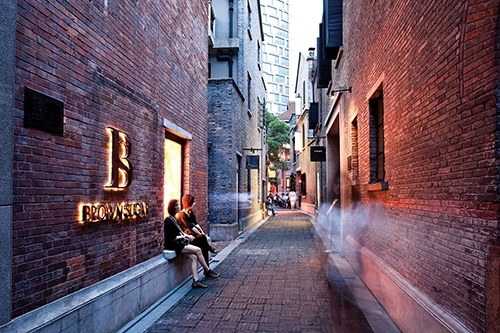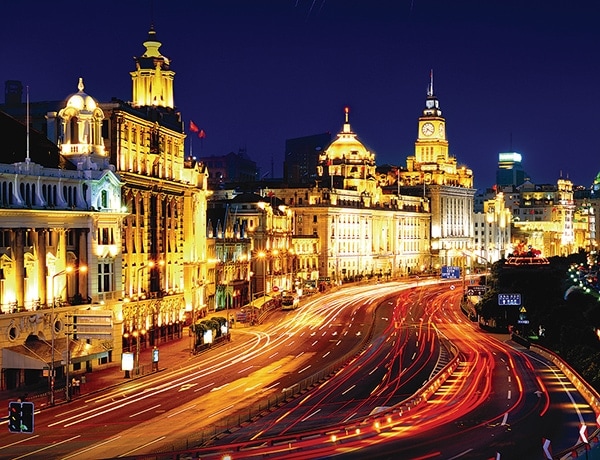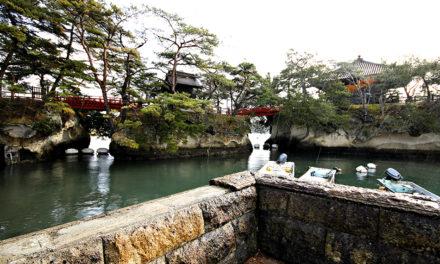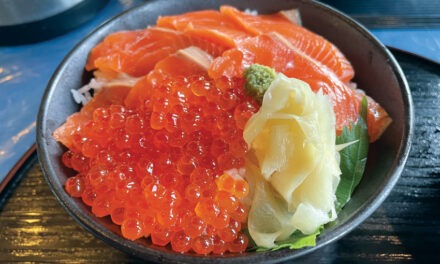China
Shanghai’s Hidden Gems
by Daniel Smajovits
Tucked in between massive skyscrapers, five-star restaurants and one of the most beautiful waterfronts in the world is the Shanghai Jewish Refugee Museum: a living monument to the city’s rich history.
While today Shanghai is known as one of the world’s financial and shopping hubs, the museum brings visitors back to the mid-1800s when the then-quiet fishing village welcomed its first wave of Jewish immigrants.
Located at the former Ohel Moshe Synagogue in what was once the centre of the Shanghai Ghetto, the museum documents the rich and unique history of the city’s Jews. Ultimately, 20,000 lives were saved during as a result of Shanghai officials offering protective visas to Jewish refugees from Germany, Austria and Poland.
The millions of tourists that flock to The Bund, Nanjing Road or Shanghai Disney often miss many of the city’s incredible gems. Located away from the hustle and bustle, unique museums, markets or neighborhoods dot the map and provide guests with an incredible window into one of the world’s great cities and cultures.
All trips to Shanghai should begin with a peek into China’s recent history. The off-the-beaten-path Propaganda Poster Art Centre offers a history lesson in Chinese politics through a privately-owned collection that lined Chinese streets and filled publications from 1910 to 1990. Opened in 2002, the museum is home to 6,000 pieces, making it then most complete and thorough collection of its kind in the world. Located in the former French Concession district of the city, which was formerly the city’s premiere residential and retail district.
While most tourists leave their suits and ties at home, stopping at the South Bund Soft Spinning Market will ensure you come home ready for the ball. This unique market is home to hundreds of stalls filled with tailors ready to ensure you return home with a bespoke wardrobe. Our personal favourite is Joyce and Rita (#129) for their excellent customer service and hotel delivery. Furthermore, your measurements stay on file, so ordering more via We Chat is as easy as a few messages upon returning home. Allow a minimum of two days for all shirts and pants to be produced and ensure to carve out time for a second visit should you purchase a full suit.
Staying on the subject of markets, Shanghai is home to perhaps one of the most unique ones in the world: the People’s Square Marriage Market. Parents flock to People’s Park in central Shanghai every Saturday and Sunday from noon to 5 p.m. with resumes of their eligible sons or daughters attached to umbrellas. For that adept in Mandarin, they can easily decipher the most suitable of the bunch as written on a paper taped to the umbrella is their child’s age, height, job, income, education as well as miscellaneous details about their personality. Tourists are welcome to watch from a distance or even take part in the action themselves.
As with most cities, no trip to Shanghai would be complete without indulging in its incredible food scene. While famous for its buns: both the steamed and soup versions, those delicacies only scratch the surface of the city’s culinary exploits.
The UnTour Food Tour will take your palate along a culinary journey unique to Shanghai. The Night Eats tour, which included five restaurants and two street stops, allows you to sample dozens of dishes and drinks while mingling with locals and tourists alike. UnTour’s experienced guides provided the ideal evening activity, leaving you wanting seconds and thirds. The group operates multiple day and evening food tours in Shanghai to ensure that tourists leave with a complete picture of the city’s vast culinary scene.
After familiarizing yourself with the heart of Shanghai, tourists should begin to explore beyond the city centre. On the Bund, but far away from the skyscrapers is the West Bund district, which was emerged as a haven for emerging artists. Established in 2014, the gentrified industrial area now features more than 100 galleries with exhibits from around the world. Museums such as the Long Museum and Yuz Museum are must-visits, but make sure to spend an entire day in the area, pic-nick in tow to soak in the neighbourhood’s hipster vibe.
Even further south is Jinshan Beach, a true respite from the craziness that is central Shanghai. Taking the 30-minute bullet train from Shanghai South Railway Station (10 RMB), the man-made beach is a welcome haven for tourists looking to relax on the water or bring their children for an afternoon playing in the sand. While there is an entrance fee (50 RMB), guests can pack their own food, alcohol included. Unfortunately, no swimming is allowed.
Equal parts fun and relaxing is Gongqing Forest Park. Located about 90 minutes away from Shanghai, the park welcomes many locals, but few tourists make the trek to the relatively remote Yangpu district. Families can spend a day enjoying the nature: trees, lakes and rivers, but the park is also home to activities such as a roller coaster, paintball, tea-cups and log-rides. Admission to the park is 80 RMB and the activities cost extra.
For a taste of the Shanghai of old, northwest of the city centre is the Jiading District. While known for factories and industry, the area is ripe with history. Home to one of the best-preserved Confucian temples in China, the area also boasts a museum, canals and parks. The lack of tourists ensures that the trip to Jiading will provide you with an authentic day in a city that is filled with Western influences at every turn.
Whether it’s a relaxing day at Jinshan Beach, being fit for an upcoming gala at the South Bund Soft Spinning Market or indulging in some local delicacies on one of UnTour’s unique tours, these hidden gems are only some of the incredible sights and sounds that can be found in the aptly named Pearl of the Orient.
www.tourismchina.org

